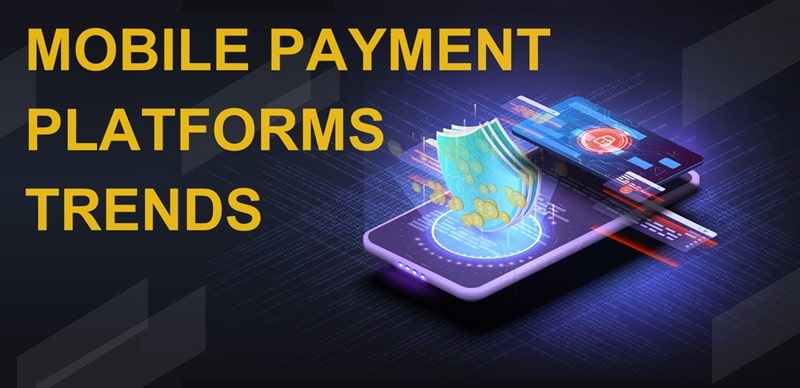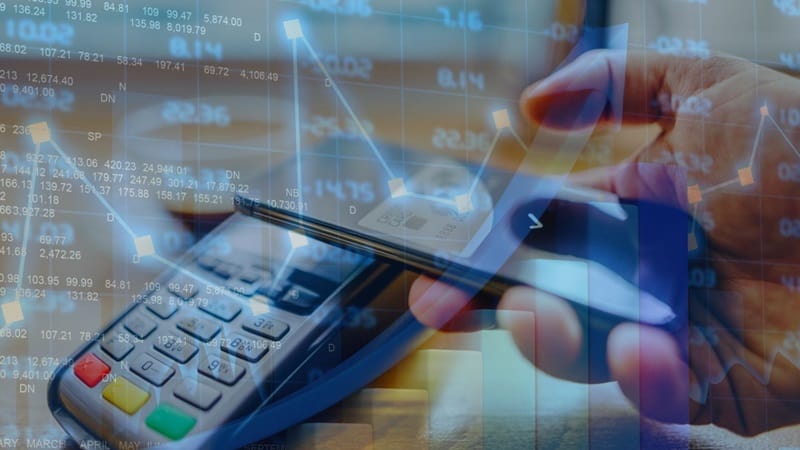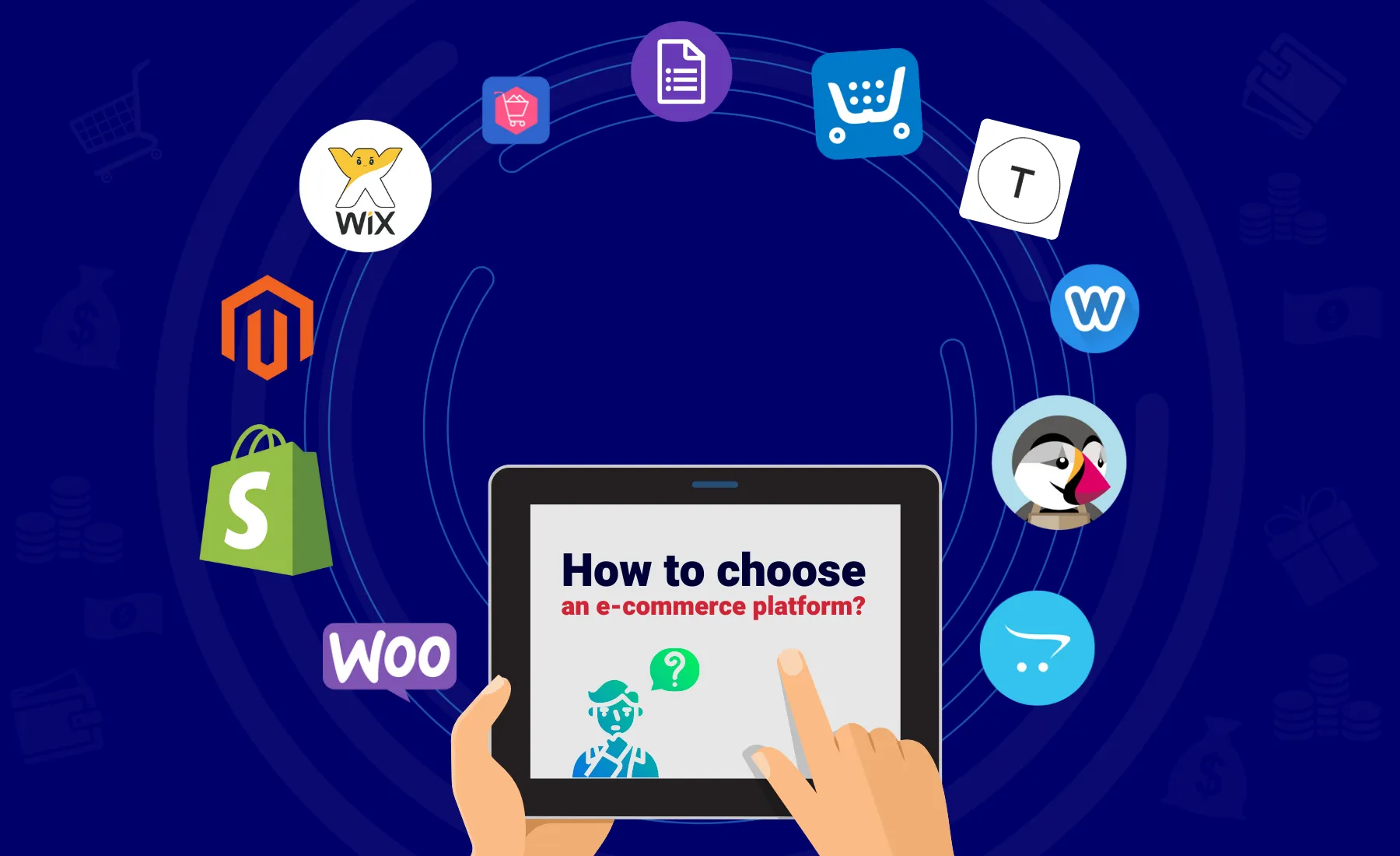Mobile payment platforms trends are evolving at a speed that’s hard to keep up with. Keep your wallet at home, because the days of cash and card are fading fast. In 2024, contactless and mobile wallets are taking center stage, making every tap or scan a smooth sail. QR codes and NFC tech are turning phones into super-wallets, while biometric authentication beefs up our security. Get ready, as I dive into the surging trends that are shaping the future of how we pay. From crossing over to crypto in our digital wallets to the peer-to-peer revolution, I’ll untangle the web of new tech that’s rewiring our transaction habits. Stay ahead of the game as we unwrap the advancements and red tape that are jacking up mobile payment security. Trust me, you won’t want to miss a beat—or a payment—as we leap into a world where your money moves at the speed of your voice or even a wink!
The Rise of Contactless and Mobile Wallets in 2024
The Growth of NFC and QR Code Transactions
Cash is taking a back seat. Now, we pay with just a tap. Mobile wallets are winning. We call them digital wallets too. They hold our card info in our phones. In 2024, more people are using them every day. NFC tech lets us pay fast. It means “near field communication.” It’s behind the tap-to-pay method. With NFC, we don’t need to swipe or insert cards. It’s safer, with no shared touchpoints.
QR codes are big too. You’ve seen them, square barcode-like symbols. We scan them to pay. Easy, right? They are everywhere now – in shops, on bills, even on TV ads. This surge is because phones are better at scanning now, and folks love quick ways to pay. Makes sense in a fast-paced world.
Peer-to-peer (P2P) apps are hopping onto the QR train. Think of sending money to a friend. You just scan their code. No need to swap bank details. It’s quick, and it’s private.
Trends in Biometric Authentication for Enhanced Security
Now let’s chat about security – it’s key. Mobile wallets need to keep our money safe. Enter biometrics. This means using our body as a password. A thumbprint or a face scan can approve a payment. This year, we’re seeing more of it.
Phones use these biometric layers for security. They make sure it’s really us using our digital wallet. Hackers have a harder time with this. It’s tougher to copy your thumbprint than to guess a four-digit code.
Stores like this too. They want us to shop without worry. When we feel safe, we are likely to spend more. Security sells, after all.
So, to sum up, tap and go with NFC and scanning QRs are up. We’re ready to say bye to codes and pins thanks to biometrics. In 2024, our payments are fast and safer than ever. Keep an eye on your wallet app. You might spot a new way to pay any day now!
Cross-Platform Payment Services and Cryptocurrency Integration
Growth in Peer-to-Peer (P2P) Mobile Payment Services
Let’s talk about money sending by phone. Imagine giving lunch money to a friend with just a tap on your screen. That’s P2P, and it’s huge right now. Big names in tech all want a slice of this pie. They’re making it super easy to send cash to anyone, straight from your phone. No need for banks or ATM runs. Just pick your buddy’s name, enter a number, and boom – the money’s in their pocket. It’s growing like crazy, and here’s why – it’s all about making life easier.
Why are so many folks using P2P services? It’s simple and fast! You don’t pay extra to send money, and it’s safe too. Nowadays, paying your pal for splitting the pizza bill is just a few taps away. This is perfect for people who like to keep things quick and easy. That’s why mobile wallets growth is on a sky-high trek.
P2P is now a must-have in your phone. And with more people joining in, we’re seeing it pop up in every app store. Mobile POS trends show how these cash swaps are not just for friends. Small businesses are getting in on the action too. It’s like having a cash register in your pocket, without the bulky box.
Folks love a good blend of handy and secure. And P2P nailed it. On your phone, you’ve got top tech keeping an on eye your transactions. It’s a big green light for trust. Pay your yoga instructor, split a taxi fare, or chip in for a group gift – all without pulling out your wallet.
Emergence of Cryptocurrency Options in Digital Wallets
Now, let’s switch gears to digital cash – cryptocurrency. Did you know you can now use this digital gold with mobile wallets too? It’s like taking the future of money and popping it into your phone. More and more wallets are saying yes to Bitcoin, Ethereum, and their crypto buddies. This means you might soon be buying your morning coffee with a quick scan from your crypto wallet. It sure is an exciting time to watch your virtual coins jingle right from your smart device.
Cryptocurrency mobile payments are gaining fans fast. They offer a new way to pay without borders. That’s big news! You can shop from anywhere to anywhere, no fuss with exchange rates or bank fees. Plus, with crypto, you get privacy and less worry about fraudsters. Every spend is a secret code, only you and the seller know.
But wait – are there rules for using crypto on your phone? You bet. Regulation in digital payments is catching up, keeping your virtual spending safe and sound. This mix of new cash leads and tech smarts is shaping how we’ll swap money in years to come.
In the blend of things, with your P2P on one side and crypto on the other, your phone’s become a payments ninja. It’s like having a super wallet – ready at the flick of your thumb.
Watch this space, folks. This wave of fresh, phone-friendly paying methods is just the start. Big leaps and bounds are coming in how we splash our cash, all from the palm of our hand.
Advancements and Regulations Shaping Mobile Payment Security
Innovations in Mobile Payment Gateways and POS Systems
Mobile payment security is a must. We all want to keep our money safe, right? Well, the good news is, mobile wallets are more secure than ever thanks to new tech. POS systems, or the card machines you see in stores, are also getting better. They are faster and safer for you to tap and go!
Now, let’s talk NFC tech. It lets you pay without touching anything! Just get your phone close to the reader, and zap, you’re done. It’s getting smarter, making your shopping a breeze. And with NFC, digital wallet trends are soaring. People love the ease of use. Trust me, I keep an eye on this stuff daily.
Many folks enjoy the speed of QR code payments too. You scan a code with your phone, and just like that, you send or receive cash. It’s simple. This method is on the rise, and lots of small businesses use it. They don’t need fancy equipment, which is great.
But wait, there’s more! Biometrics are here to keep your money even safer. This means using your fingerprint or face to pay. So only you can use your phone to spend. It’s taking off big time. I see more people using it every day.
For those sending money to friends or family, peer-to-peer services are the way to go. These apps make sending cash just as easy as texting. They’re growing fast, and I can see why. They’re super handy when splitting bills or sending gifts.
Of course, mobile POS trends are picking up too. If you’re a business owner, you’ll want to stay updated. These devices are getting more secure, with top-notch security for card and phone taps. That’s a huge win for everybody.
Understanding the Evolving Regulatory Landscape
Talking rules isn’t always fun, but we’ve got to do it. The law steps in to keep our money safe. It’s pretty important. There are new regulations in digital payments coming up. They aim to protect us from fraud and keep our cash secure.
Mobile payment gateways, for instance, are seeing tighter security rules. And that’s a good thing. Better security = less worry about losing your money. Plus, cross-border mobile transactions now have more checks. So if you send money overseas, it’s tracked to keep it out of the wrong hands.
And let’s not forget, even the big names like Apple Pay and Google Pay have to follow these rules. This means your cash is safe, no matter which platform you’re on.
Cryptocurrency is part of the picture too. It’s a new way to pay, but it’s got to be safe as well. The rules are catching up to make sure of that. The same goes for instant mobile payments. They’re quick, but they’re being made to be secure, too.
In all, as a mobile payment fan, I watch these changes closely. And trust me, they’re moving to make sure our shopping is safe, fast, and fun. So whether you’re buying a coffee or getting those new sneakers, mobile payment security’s got your back. Keep an eye out, because this world’s always changing, and it’s my job to let you know how.
Remember, with new features and regulations, we get to spend with peace of mind. Isn’t that what we all want?
The Impact of New Technologies on the User Payment Experience
The Role of 5G in Mobile Payment Processing Speeds
5G changes how we use phones to pay. It makes mobile payments zip by fast! Imagine tapping your phone to pay, and it’s done in a blink. That’s 5G for you. This new tech sends data faster than before. That means your phone talks to the store’s system quicker. No more waiting in line just to pay. 5G also helps keep your payment info safe. It’s hard for thieves to grab your data during those speedy transactions. Big events like concerts will love 5G. Lots of people can pay at once, with no trouble. Small stores can use 5G to let customers pay fast, making shopping trips swift.
Exploring Voice-Activated and Wearable Payment Technologies
Let’s chat about paying with your voice and what you wear. Sounds cool, right? Imagine saying “Pay for my coffee,” and it’s done. This is real now, thanks to voice-activated payments. Smart devices like phones and speakers are getting smarter. They can make payments when you speak to them. It’s safe, too, because your voice is like your password. No two voices are the same. This tech is handy when you’re busy and need to pay quick.
Now, think about your watch helping you buy stuff. Wearable payment tech lets you do that. You just tap your watch, and your groceries are paid for. This isn’t only about watches, though. There are rings, bracelets, and even clothes that can pay! This wearable stuff links to your mobile wallet. That’s the app on your phone where you keep your cards. Wearables are super good for runners or swimmers. You leave your wallet at home but still buy what you need. Each day more and more people are getting into wearables. They enjoy how easy it is to pay with a tap of their wrist.
So, 5G and wearables are making payments fun and seamless. They help you get on with your day without payment hassles. Keep an eye on these trends, because they’re getting bigger each passing year. Your shopping might soon be a quick tap or word away!
We’ve explored how paying with a tap or scan is now a big part of buying things. Contactless methods like NFC and QR codes make it easy and quick. Tech like biometrics is also keeping our money safer than ever. More folks are using mobile apps to send cash to friends, and even digital coins are popping up in our wallets.
But it’s not just about new tech; it’s also about being sure it’s all safe. That’s where smart changes in how we build payment tools and new rules come in. And yes, the internet is getting faster with 5G, which means we can pay in a blink. Fancy watches and even using our voice to pay are becoming real, too!
Every day, paying for stuff is getting simpler and smarter. As someone who digs into this a lot, I truly think these changes are awesome for everyone. Remember, staying up-to-date and safe with your money is key, and these tools are here to help. Keep an eye on this space; it’s only going to get more thrilling!
Q&A :
What are the emerging trends in mobile payment platforms?
The landscape of mobile payment platforms is continually evolving with several trends gaining momentum. Technologies such as Near-Field Communication (NFC) are becoming more widespread, enabling easier tap-and-go payments. Security is also a heightened focus, with new forms of biometric authentication emerging. Additionally, there is a trend towards the integration of mobile payment systems with other smart devices, expanding the use-cases for consumers.
How are mobile payment platforms adapting to new consumer behaviors?
Mobile payment platforms are adapting to new consumer behaviors by offering more personalized experiences, streamlined checkout processes, and enhanced reward programs. As consumers shift towards mobile-first and even mobile-only transactions, these platforms are also enhancing their interfaces for better user experience and offering features that cater to the demand for contactless payments, especially in the wake of the COVID-19 pandemic.
What role does cryptocurrency play in mobile payment platform trends?
Cryptocurrencies are gradually making their way into mobile payment platforms as an alternative form of payment. The potential for lower transaction fees, increased security through blockchain technology, and the appeal to tech-savvy consumers are among the reasons for this incorporation. This trend is also being driven by an increasing number of retailers accepting cryptocurrencies and the introduction of crypto-wallet integrations within mobile payment apps.
How is artificial intelligence impacting mobile payment platform development?
Artificial intelligence (AI) is significantly impacting mobile payment platform development. AI is used to enhance security through fraud detection algorithms and to personalize the user experience by analyzing spending habits. This leads to more user-friendly mobile payment solutions and can help in providing tailored offers and insights to consumers. Moreover, AI can optimize backend operations, improving transaction efficiency.
Will mobile payment platforms become the dominant form of payment in the future?
Mobile payment platforms are certainly gaining traction and could become the dominant form of payment due to their convenience and the global proliferation of smartphones. The growth in e-commerce, increased security measures, and a shift in consumer preferences towards digital solutions all indicate a strong propensity for mobile payments to become more widespread. However, widespread adoption will depend on various factors including technology infrastructure, regulatory environment, and consumer trust.






